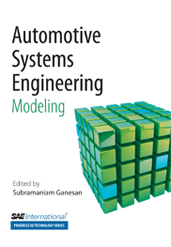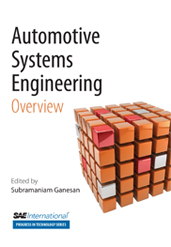Technical Paper
Characterization of Trimmed Edge of Advanced High Strength Steel
2016-04-05
2016-01-0358
In recent years, implementation of dual phase (DP) Advanced High Strength Steels (AHSS) and Ultra High Strength Steels (UHSS) is increasing in automotive components due to their superior structural performance and vehicle weight reduction capabilities. However, these materials are often sensitive to trimmed edge cracking if stretching along sheared edge occurs in such processes as stretch flanging. Tool wear is another major issue in the trimming of UHSS because of higher contact pressures at the interface between cutting tools and sheet metal blank caused by UHSS’s higher flow stresses and the presence of a hard martensitic in the microstructure. The objective of the present paper is to study the influence of trimming conditions and tool wear on quality of trimmed edge of DP980 steel sheet. For this purpose, mechanically trimmed edges were characterized for DP980 steel, sheared with six different cutting clearances (from 4% to 40% of the sheet thickness).




